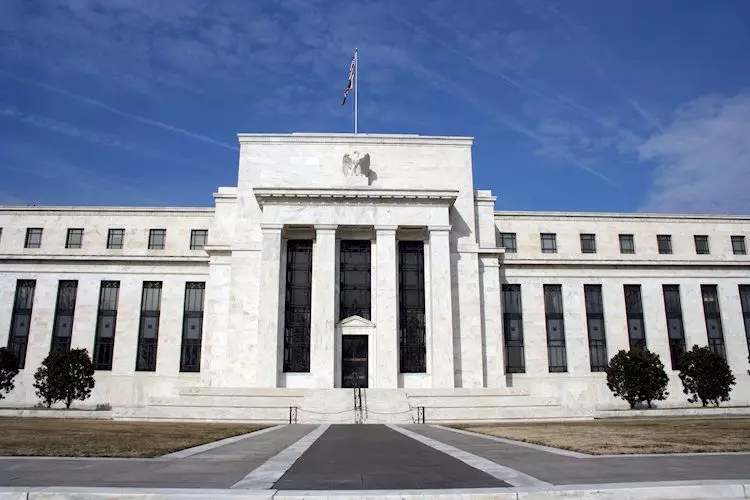The discourse surrounding U.S. monetary policy often hinges on the intricate balance between inflation control and sustaining economic growth. Recently, President of the Federal Reserve Bank of Minneapolis, Neel Kashkari, provided valuable insights into the current state of the economy and the ongoing efforts of the Federal Reserve (Fed) to navigate the volatile waters of inflation. While acknowledging the economic resilience witnessed thus far, Kashkari notably remarked that the journey toward stabilizing inflation at the targeted 2% rate is far from complete.
Despite prevailing concerns, Kashkari painted a picture of an economy exhibiting surprising strength. This resilience is attributed to various factors, including consumer spending, business investment, and a labor market that has remained relatively robust. However, he also expressed a cautious outlook, indicating that without clear evidence supporting a downturn in inflation, further interest rate cuts are unlikely. This sentiment reveals the Fed’s strategic approach to policy decisions, where evidence and data guide their actions rather than speculation or political pressure.
The mention of immigration policy disruption further complicates the economic scenario. Potential deportations could lead to significant labor shortages in key industries, raising questions about how businesses can adapt. This situation adds layers of unpredictability, prompting the Fed to watch developments closely. A collaborative effort between the business sector and Congress appears essential in addressing this evolving issue. In this regard, Kashkari’s remarks signal a recognition of the interconnectedness of monetary policy and broader social policies, underscoring the Fed’s role in a multifaceted economic landscape.
The Federal Reserve operates with two core mandates: to achieve price stability and ensure full employment. The primary mechanism employed to fulfill these mandates is the manipulation of interest rates. When inflation exceeds the target of 2%, the Fed increases rates, leading to heightened borrowing costs. This inadvertently strengthens the U.S. dollar, making it a more appealing option for foreign investors. Conversely, when the economy experiences downturns with high unemployment and low inflation, interest rates are typically lowered to stimulate borrowing and economic activity, which can, in turn, weaken the dollar.
In regular practice, the Fed convenes eight times a year, during which the Federal Open Market Committee (FOMC) evaluates economic conditions to formulate monetary policy. This committee, comprising twelve Fed officials, collaborates to reach consensus on policy directives. This process serves as a critical component of maintaining economic equilibrium in the face of fluctuating conditions.
In extraordinary circumstances, the Fed resorts to non-standard measures like Quantitative Easing (QE) – a tool utilized during the Great Financial Crisis of 2008. QE involves the Fed purchasing high-grade bonds, effectively injecting liquidity into the financial system. This strategy can lead to a depreciation of the U.S. dollar, as it floods the market with currency. In contrast, Quantitative Tightening (QT) represents the Fed’s withdrawal of liquidity by ceasing bond purchases and letting existing bonds mature without reinvestment. QT typically exerts upward pressure on the dollar, reinforcing its value in global markets.
Kashkari’s remarks on the Fed’s focus on economic goals rather than political influence highlight an essential aspect of the institution’s integrity. Maintaining independence from political pressures is crucial for the Fed to operate effectively and fulfill its mandates. This independence allows for a more transparent and data-driven approach to monetary policy, fostering trust in its decisions.
Looking ahead, the Fed faces a myriad of challenges as it attempts to navigate the complex interplay between inflation control and economic growth amid external concerns such as immigration policy. As Kashkari noted, there is no clear end in sight for the inflation battle, necessitating careful monitoring and responsive policy adjustments. The evolving economic landscape, compounded by geopolitical and domestic uncertainties, underscores the need for the Federal Reserve to remain vigilant and adaptable in its approach.
The statements made by Neel Kashkari serve as a microcosm of the broader economic dialogue, reflecting the intricate balance that the Fed must maintain to foster stability in a rapidly changing world. The vigilant approach to monetary policy, coupled with an emphasis on independence and data-driven decisions, will be pivotal in shaping the future trajectory of the U.S. economy.

